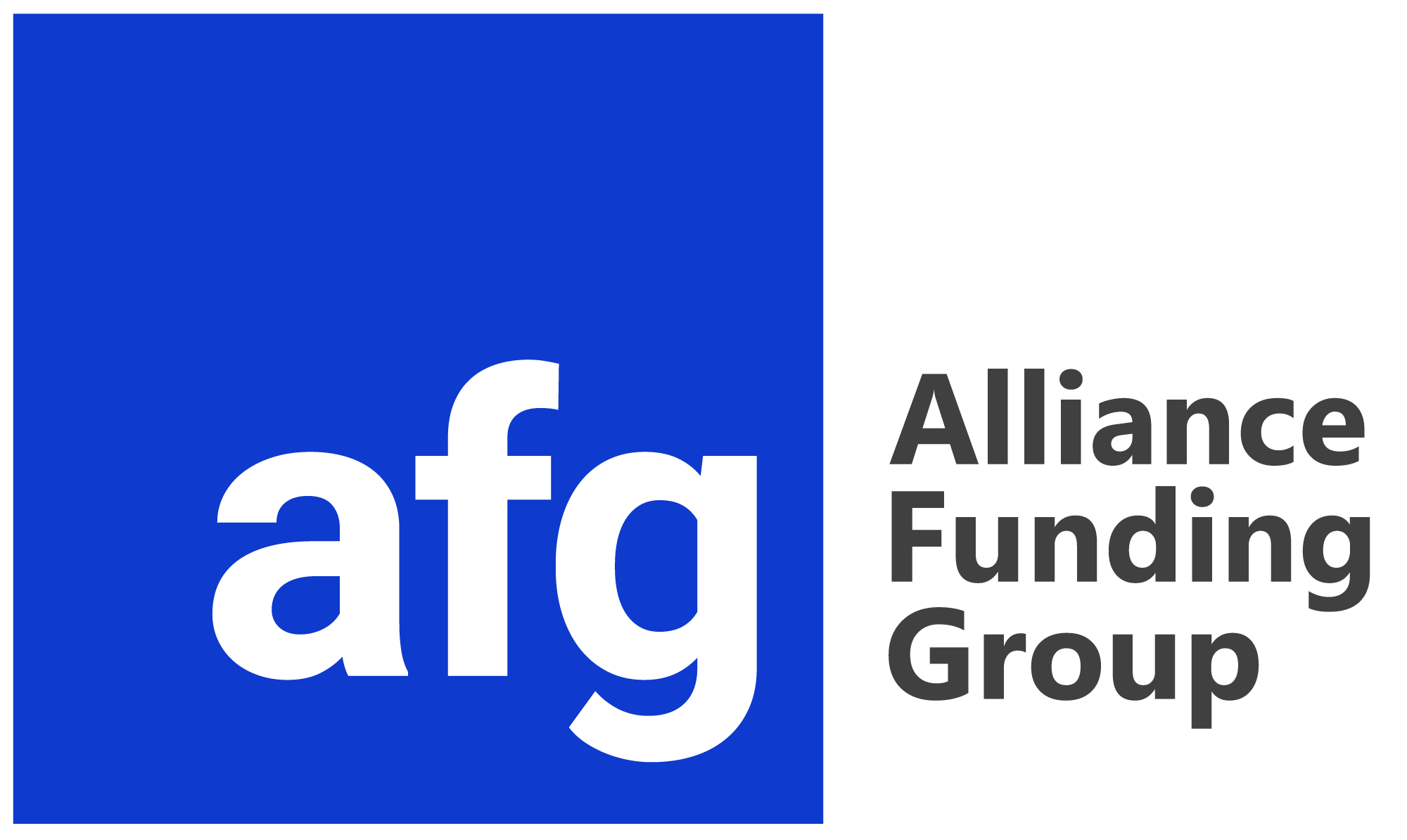According to the law of accelerating returns, the speed at which technologies improve doubles every ten years. The equipment we consider cutting-edge today is likely to become uncompetitive or even obsolete in just a few years. That is unsettling news for businesses that rely on high-tech solutions.
How to avoid equipment obsolescence?
Companies rely on stable cash flow and planned capital expenditures to stay on budget. We have identified four ways that can help you keep up.
1. Monitor the value of your equipment
Equipment can make up a large share of a company’s total assets. Companies that employ complex technological solutions have to pay special attention. It is crucial to identify the right moment to upgrade. As new generations of tech are being launched, the market value of older equipment drops.
Sometimes, an early upgrade will help avoid depreciation losses in the future, while the freed-up funds will provide for a wider range of procurement options.
2. Lease your equipment
Equipment leasing solutions offer beneficial ways to upgrade because you get a choice of options at the end of the term. For example, you can
- Purchase the equipment at market value
- Keep leasing with lower monthly payments
- Return the equipment and upgrade
Leasing is faster than using a bank loan and requires little to zero money upfront. That allows swift upgrades on a budget and helping to avoid equipment obsolescence within your business.
3. Keep track of your working capital
Working capital is the net amount of current (liquid) assets that your business has. Maintaining a positive working capital balance is not just a general best practice. The available cash reserves can be used to secure a good deal on equipment on short notice, saving lots of money in perspective.
Thousands of companies in America use working capital loans or lines of credit that allow extra flexibility in thier business. For example, at AFG, we can provide up to $250,000 of unsecured funds in just 24 hours.
4. Mind the tax returns
No one enjoys the topic of taxes unless it is about deductions. According to Section 179 of the IRS Tax Code, you can deduct up to $2,590,000 of the total equipment price in 2020. You can take advantage of this regulation every year, but only up to the set limit. That is another reason why timely upgrades can preserve your company’s budget.
Running a business comes with much effort and responsibility. Choosing simple financial solutions can help you avoid equipment obsolescence and generate better returns on capital-heavy purchases.

